An eternal figure of the Renaissance, Leonardo da Vinci remains a source of inspiration, 500 years after his death. Let us discover Italy differently today, following the traces of Italian genius.
Man of universal mind, creative genius, painter, sculptor, engineer, philosopher... The adjectives, like the activities, are not missing to draw up the portrait of Leonardo da Vinci. And if it is a figure, perhaps THE great figure of the Renaissance, it is also the face of a Italy full of fascination.
Through this article, we propose you to discover the Italian lands from a new angle. A mix of history and landscapes, which will make you travel both in time and in the most beautiful cities of Italy.
The province of Vinci
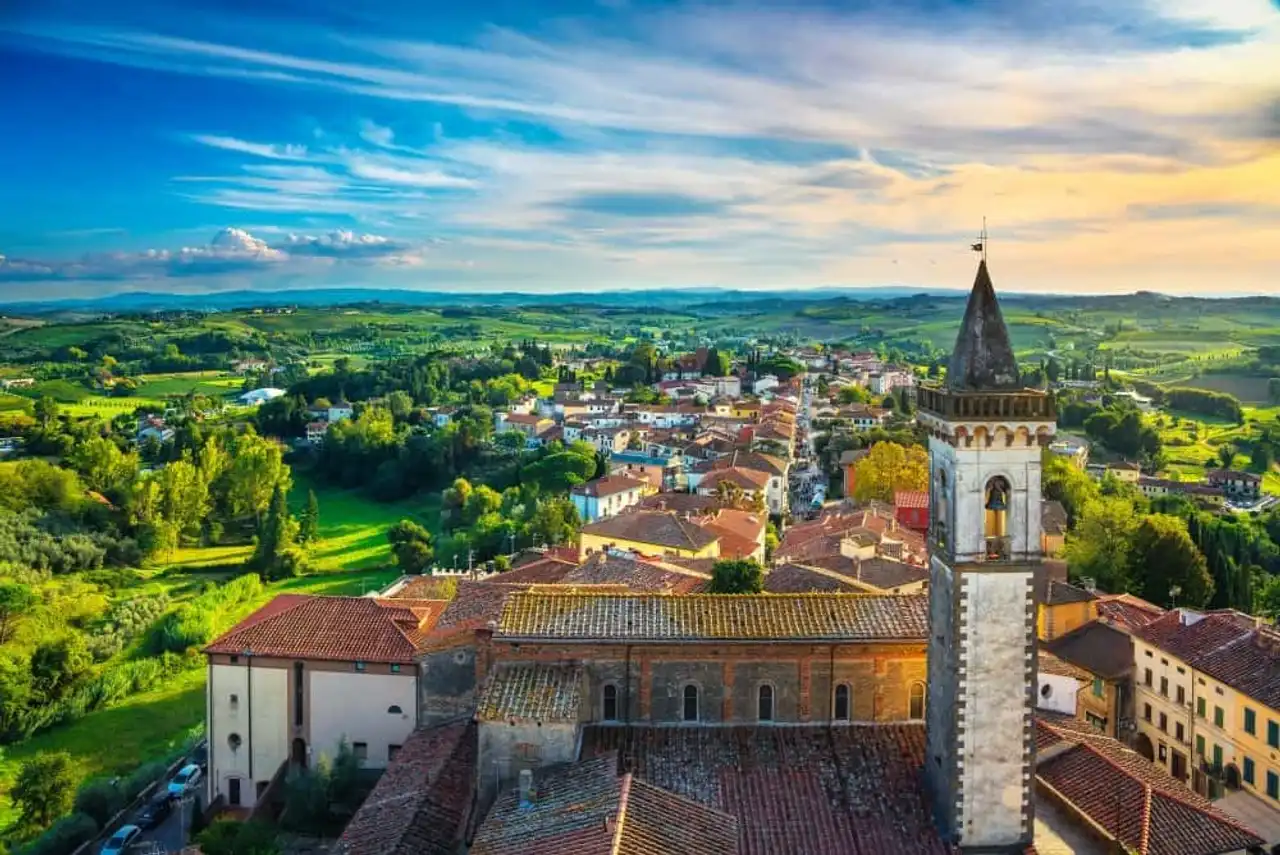
Village of Vinci, Tuscany – Photo credit: Shutterstock – StevanZZ
It is a Saturday, April 15, in 1452, that the young man Leonardo di ser Piero da Vinci inspires its first breath, around the third hour of the night (about 1h30 in the morning). If it has long been estimated that the young Italian was born in Anchiano, it finally seems that it is in Vinci, a pretty village of the Tuscany that he saw the day.
Family names:
In the 15th century, carrying a family name is still uncommon, and reserved for “big” families, such as the Medici. It is also estimated that the Medici family had to be composed of several doctors, hence their patronym. For others, the name is usually followed by one or more "useful" details: a nickname, the name of his master for a craftsman, the name of his father, or that of his hometown.
If Leonard’s first years are complicated, it is because he is the fruit of an illegitimate union. Her father, Ser Piero da Vinci, 25, is a recognized and married notary. Her mother, Caterina di Meo Lippi is a 15-year-old teenager from the peasant world.
Swept first between his mother and his father’s grandfather, the young artist finally joined his father’s house at the age of 5. Although the latter assumes in the eyes of all the paternity of the young “Leo”, the child will never be officially legitimized.
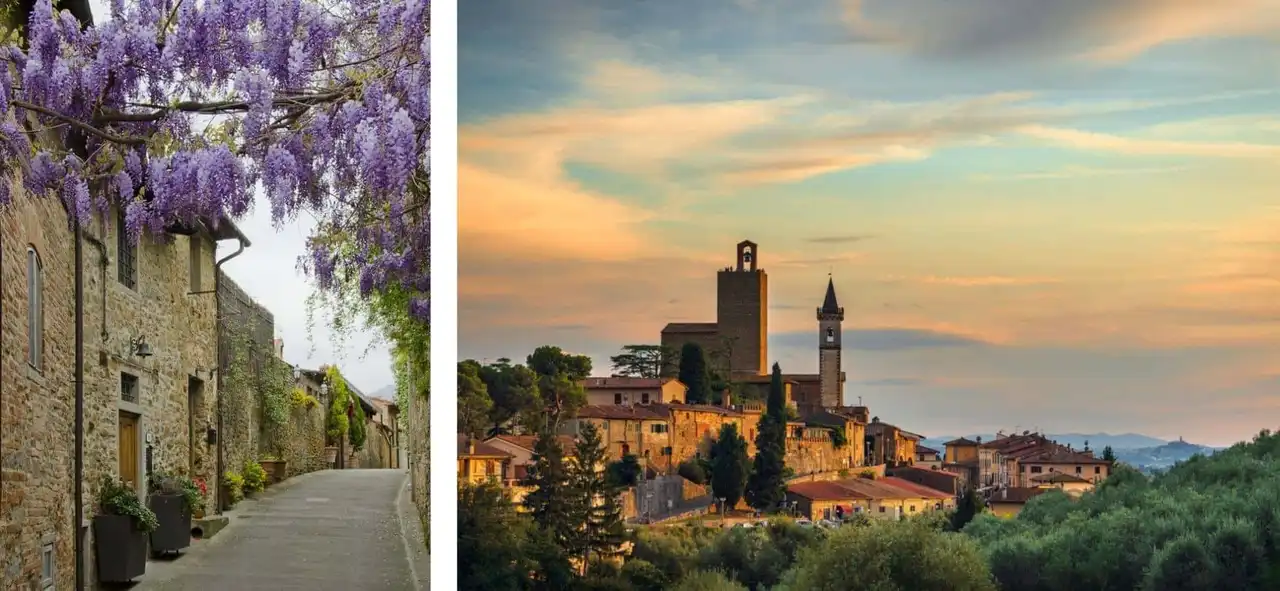
Village of Vinci and its alleys, Tuscany – Photo credit: Shutterstock – PhotoTrippingAmerica & StevanZZ
Leonardo da Vinci receives education similar to those of other children of his age. By walking around the pretty streets of Vinci and crossing the young boys of today, you can easily imagine it marveling in front of the beauty of its village. And how not to be marvelled?
With its bell tower overlooking the narrow alleys, the buildings with medieval airs, and the splendid view of the vineyards extending to a loss of horizon, Vinci seems to be an ode to the charm “Italian”. Lost in the middle of Tuscany, the village is as suspended, fixed in time. Here, you will find the serenity you need to recharge. Feel the freshness of the long Tuscan plains mix with the smell of vines, struck by sun. Admire the architecture so unique to this wonderful region of Italy, and enjoy it to free your mind, to make the vacuum...
On his side, Leonardo de Vinci does not stand out immediately from his comrades. He learns painfully the rudiments of reading, writing and arithmetic. A student of an establishment considered “non-letter”, he did not learn Latin or Greek. It is only once an adult, at the dawn of his forty years, that “Leo” will impose himself this learning.
However, it is already differentiated by its attractiveness to art probably attracted by its paternal grandmother, Lucia di ser Piero di Zoso, an accomplished ceramist. In fact, his drawings and paintings draw his father’s eye, which then proceeds with an interrogation, which will prove decisive: Could Leonard become an artist?
Florencedecisive training
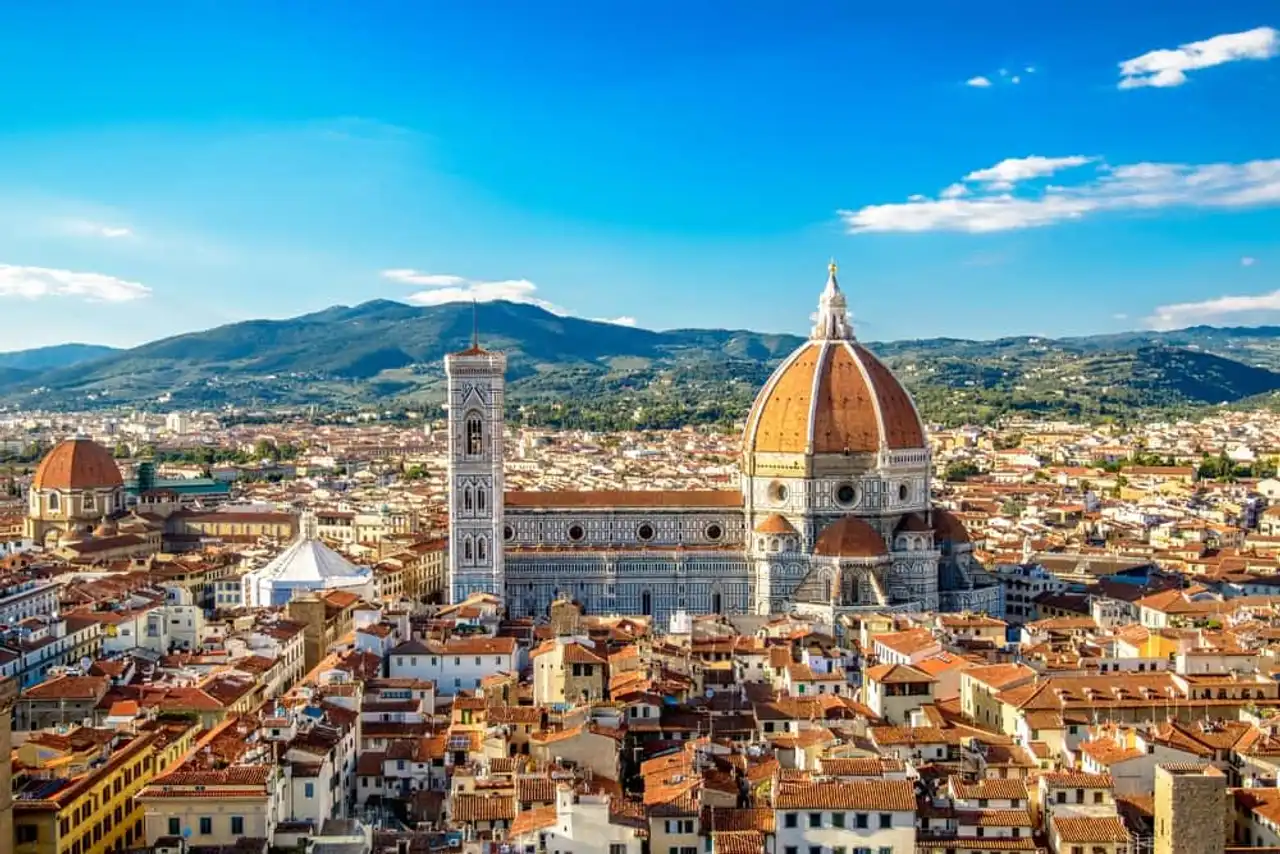
Florence and its duomo Santa Maria del Fiore – Photo credit: Shutterstock – kozer
It was at the age of 12, in 1464, that the life of Leonardo da Vinci took another turn: he was accepted at the Verrochio workshop in Florence. More than accepted by the other hand, it is shy to go there, by Andrea del Verrochio himself. And the father of the young artist is not a stranger.
Having fallen under the charm of his son’s sketches, Ser Piero da Vinci decided to take part with him in Florence. His goal is simple: show the drawings to his friend, Andrea del Verrochio. The latter, impressed by the talent of the young boy, immediately insists that "Leo" join his workshop as soon as possible. Thus, even if he was registered as a resident of Vinci until 1468, Léonard established most of his time in Florence, where his father worked.
In Florence, the young "Leo" becomes great, professionally and personally. The tumults and agitation of this populated city fascinates, plots and excites. He who had so far known only his little village of Vinci discovered a world of celebration, joy and extravagance. Through his master, Verrochio, he learns to join the greatest, even as far as approaching the great family of the Medici.
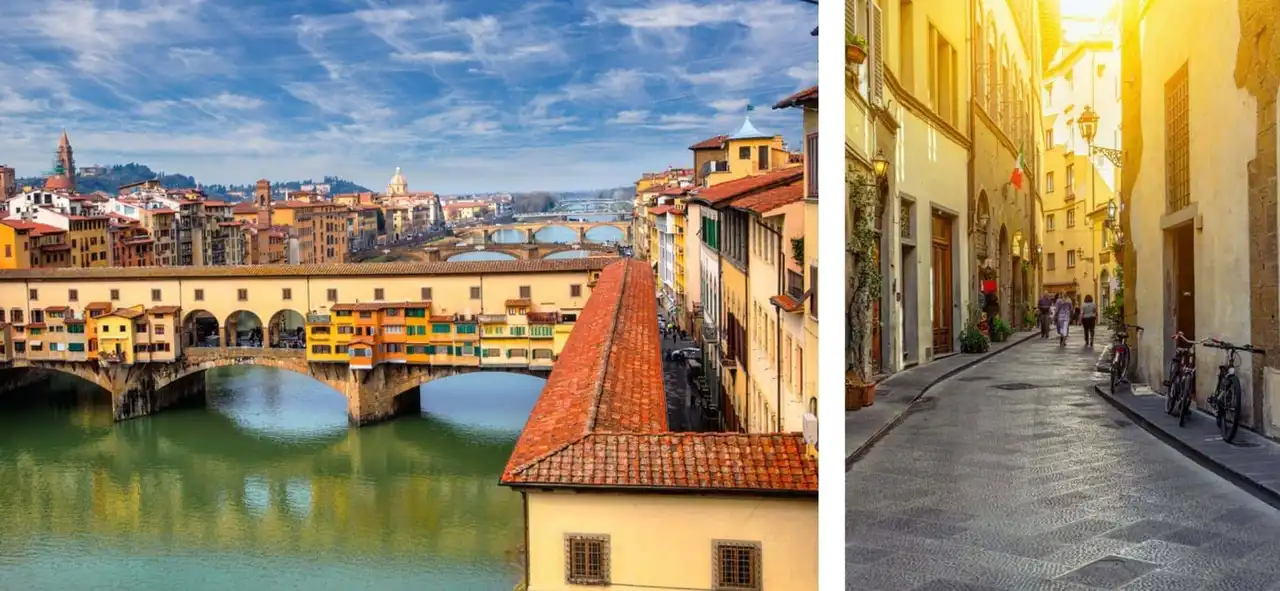
Florence and its Ponte Vecchio – Photo credit: Shutterstock – muratart & Catarina Belova
Today, the tumults of Florentine’s life have calmed down, to give way to romanticism. Florence, "La Bella", is a sweetness. She's a whisper, a caress. An opening to culture and history. An enchanted and enchanting parenthesis that seems to open your arms, like Morpheus, to offer you a moment of appeasement and absolute serenity. Finally Florence, the capital of the Renaissance, has never been better known.
Treat yourself to a golden getaway, and imagine walking in the footsteps of the young “Leo”, discovering agitation and decadence. Swim in the sunbed alleys on the edge of the Arno, or spend a day exploring the multiple museums in the city. If the capital of Tuscany conditions the life of Leonardo da Vinci, it is also the one that will mark your stay in Italy.
Leonardo d’ailleurs, learns chemistry as well as metallurgy, painting as well as sculpture, on bronze as on marble, the work of leather, plaster... Widely expanded teaching.
The stay in prison:
The Italian judicial records show that in 1476 Leonardo d’ Vinci stayed in prison. Indeed, the latter had been accused of sodomy, a practice considered illegal at the time in Florence. Although he was not convicted, probably thanks to the support of Laurent de Medici, the Italian genius had spent two months in prison, awaiting his judgment.
It was in Florence, with his mentor Verrochio that Leonardo de Vinci became an accomplished artist. But it is in his Milanese years that he will develop his appeal for engineering and architecture.
The Milanese years
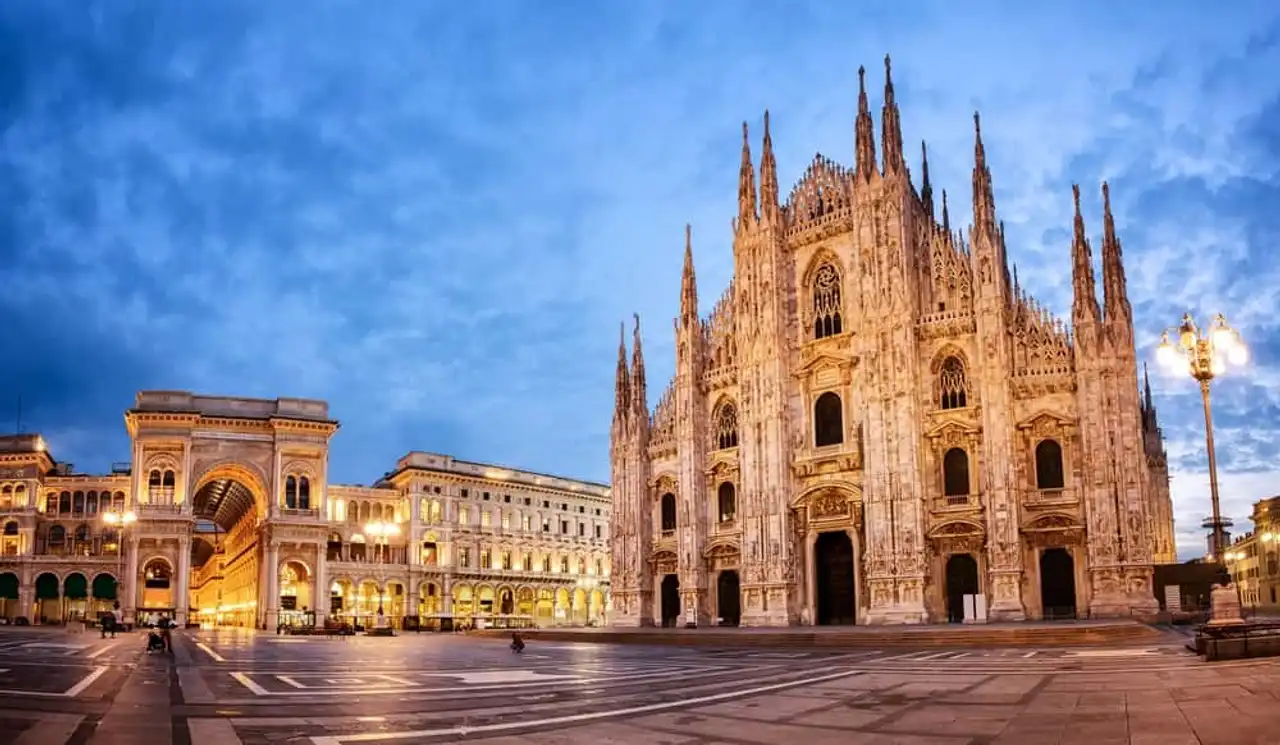
Milan and its cathedral – Photo credit: Shutterstock – Boris Stroujko
After about fifteen years in Florence, alongside Verrocchio and the Medici family, it is time for Leonard to evolve. Thus, the Florentin decides to put his suitcases to Milan , and to offer its services to another great Italian family: the Sforza.
A written letter from Leonardo da Vinci's hand appears even in Codex Atlanticus. The latter is destined for the Duke Ludovic Sforza, in order to convince him of his great engineering talents, and the wonders they could accomplish together.
Codex Atlanticus:
Codex Atlanticus is the largest collection of drawings, sketches and notes by Leonardo da Vinci. It has more than 1,120 leaflets, ranging from simple drawings to the first sketches of its great inventions.
Since 2019, you can visit the site codex-atlanticus.it, and visualize all leaflets.
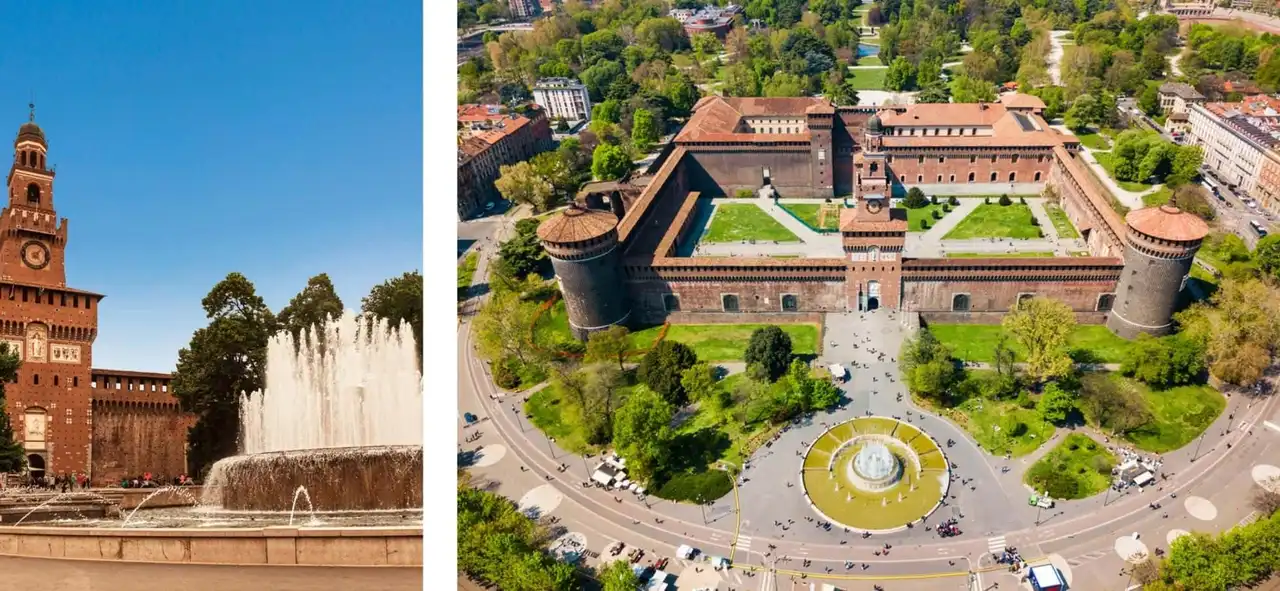
Sforza family castle, Milan – Photo credit: Shutterstock – volkova natalia > saiko3p
In view of the many talents that Leonardo da Vinci possesses, the Duke does not hesitate long. Thus, the artist joins the Sforza castle, and finds himself employed for various tasks. Officially, "Leo" becomes "a director of feasts and shows with sumptuous scenery". Its role is simple: to organize the biggest festivals ever known in Italy, and to invent theatre machines that will amaze the public.
But Leonardo da Vinci also takes advantage of his Milanese adventure to paint many portraits of important characters of the court, on the request of Ludovic Sforza. Every day, his fame grows, and he finally becomes “engineer in the service of the Sforza”, the consecration.
If you are visiting Milan, take the time to visit the Sforza Castle, considered at the time as a marvel never seen. It must be said that its construction dates back to 1368! Several cultural museums are in the heart of the building. But obviously, Milan does not stop at this simple visit...
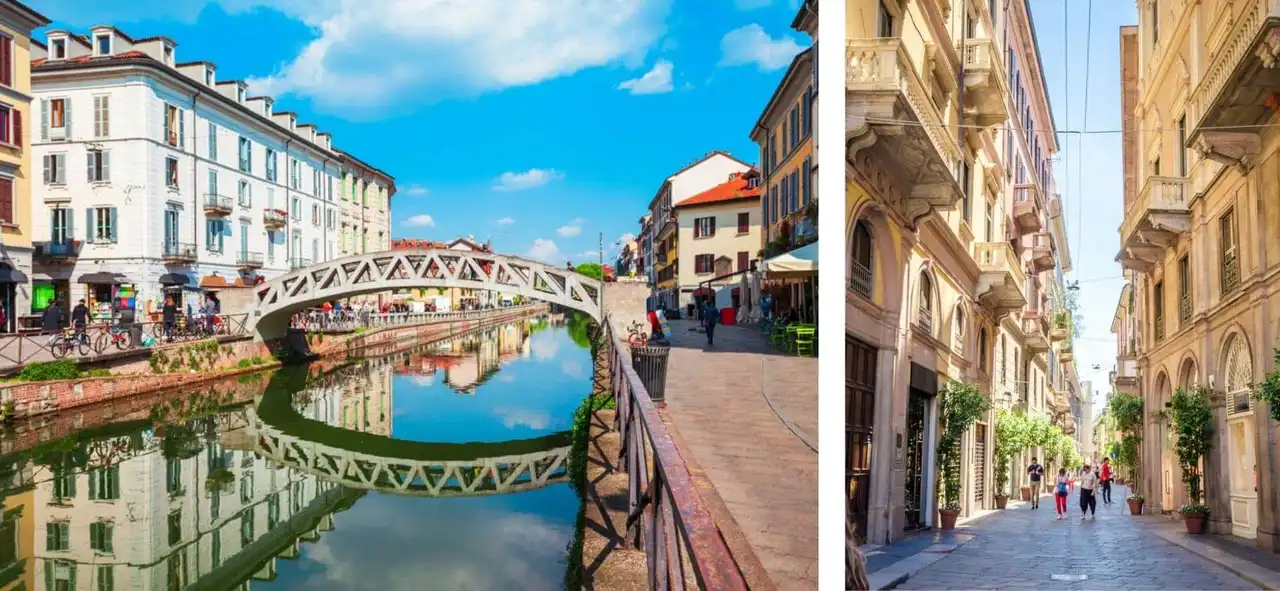
Canal Naviglio Grande, and alleys of the city center of Milan – Photo credit: Shutterstock – saiko3p & Olena Z
If you have already surveyed Europe without ever placing your feet in Milan, you must at all costs remedy this. Because the Lombard capital could be associated with a melting-pot of different European capitals.
Take architecture and access to culture Paris , add the chill atmosphere and the nice walks Amsterdam , sprinkle with sun and relaxation Barcelona , and you will touch the goal. Milan is, by far, the largest European "almost capital"!
One of its wonders, the Cathedral of Milan, was one of the most important engineering records of Vinci’s career. As his fame is growing, he is invited to the Congress of Architects and Engineers to complete the project of the project Dôme de Milan In 1490.
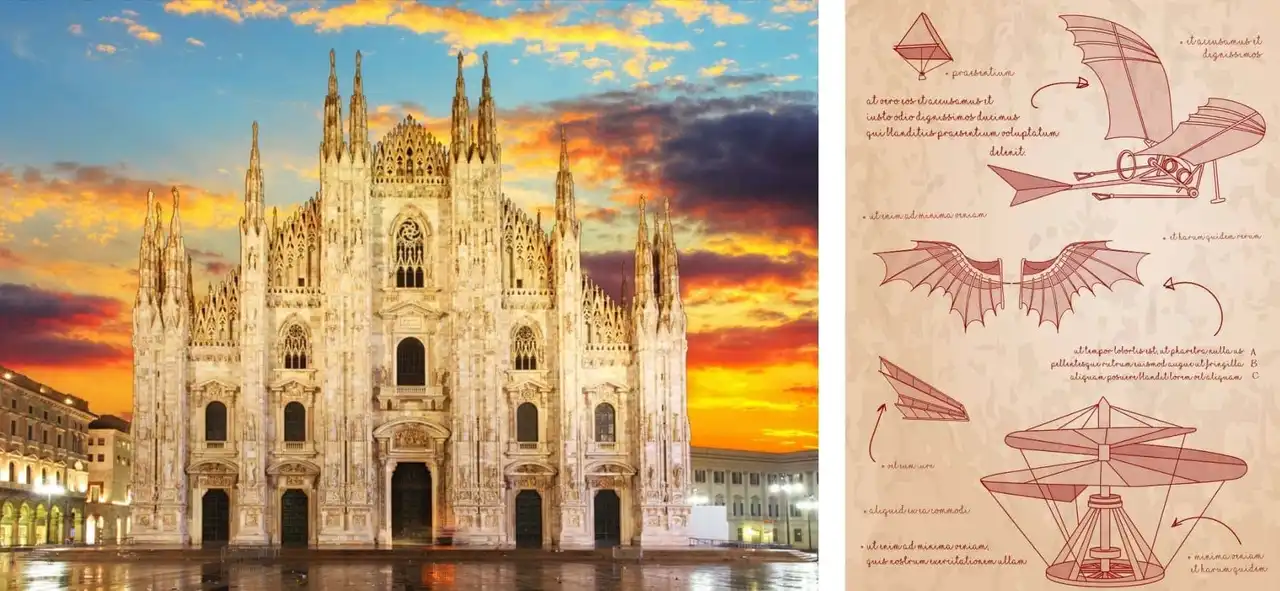
Duomo from Milan to the left, Leonardo da Vinci drawing conceptualizing a flying machine to the right – Photo credit: Shutterstock – TTstudio & Kwirry
In addition to this project, this Milanese period is decisive in Leonard’s career. The latter learns to diversify, beginning to appeal to the entirety of his talent. Clocks, cranes, weaving crafts, and even the first sketches of flying objects see the day and/or improve thanks to the spirit of Italian genius.
In 1499, the troops of Louis XII of France took control of the Milanese City, and replaced the Duke Ludovic Sforza. Fearing, rightly, for his future, Leonardo da Vinci took refuge in a first time in Venice, before leaving Italy. This turnover marks the beginning of the last fifteen Italian years of “Leo”, which will prove to be the fastest in his career.
Leonard, at the top of his art
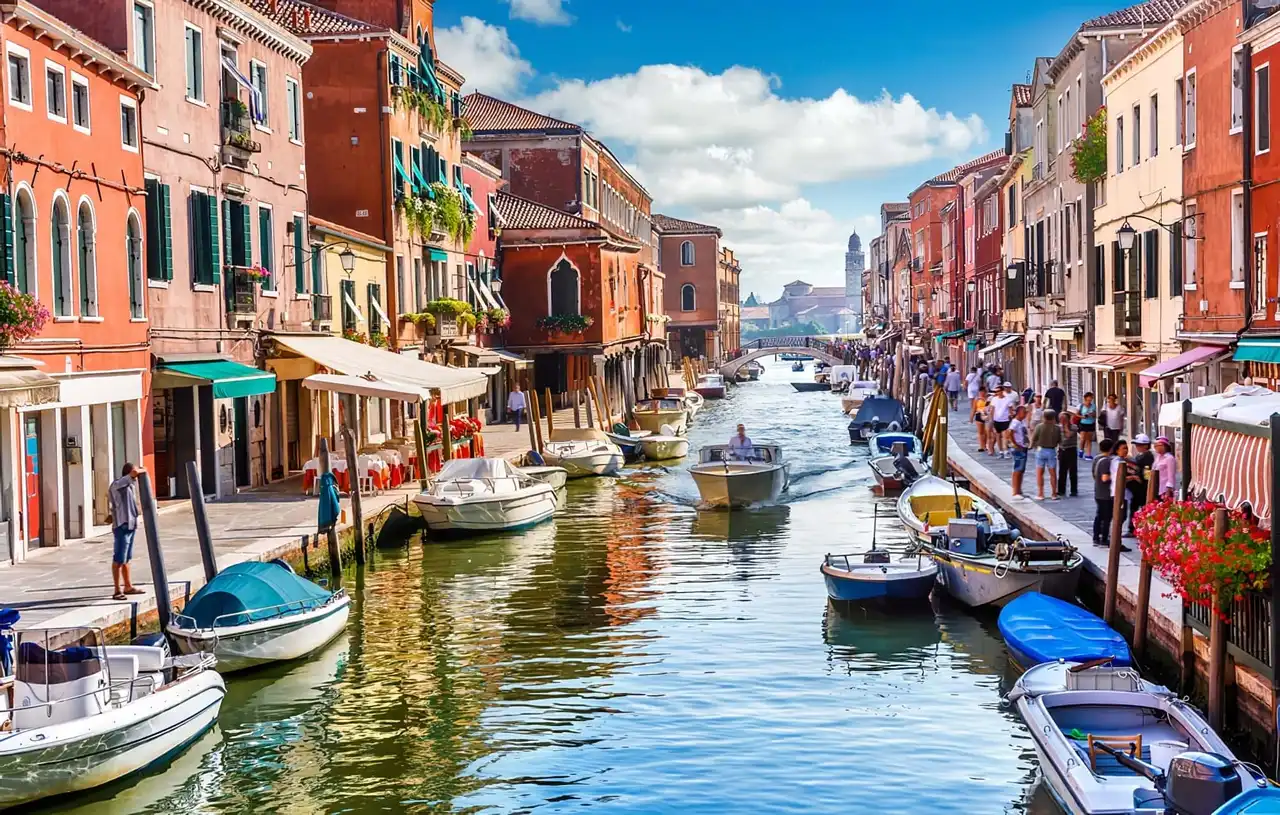
View on a street of Venice and its canals, Italy – Photo credit: Shutterstock – Yasonya
Military and hydraulic engineer, inventor and scientist, Leonard accumulates activities over the cities he crosses. To Venice , first, he presents his invention of the helmet scaphandre, much too elaborate for his congeners of the time. At the same time, he proposes a heavy project to deviate from the Arno to connect the city of Florence to the sea. Although this project never sees the day, it highlights the oversized intellectual capacities of Leonardo, almost too much ahead of his time.
In Venice, Leonardo da Vinci remains no more than two months. And we wonder why. Here, it is not only romanticism that flies, but life itself. The walls are colored, pink for some, yellow for others. They even emit such a special smell, when the sun warms them. The latter blends with the sweet melody of the wind caresing the flowers scattered on the balconies, and your senses are then all boiled.
In the center you can admire and visit Basilica di San Marco , Venitian architectural treasure. Evidently, the mythical canals that cross the city from one side, crossed by boats and gondolas that are just as colourful, add an atmosphere of "eternity" to the city. A paradise on earth.
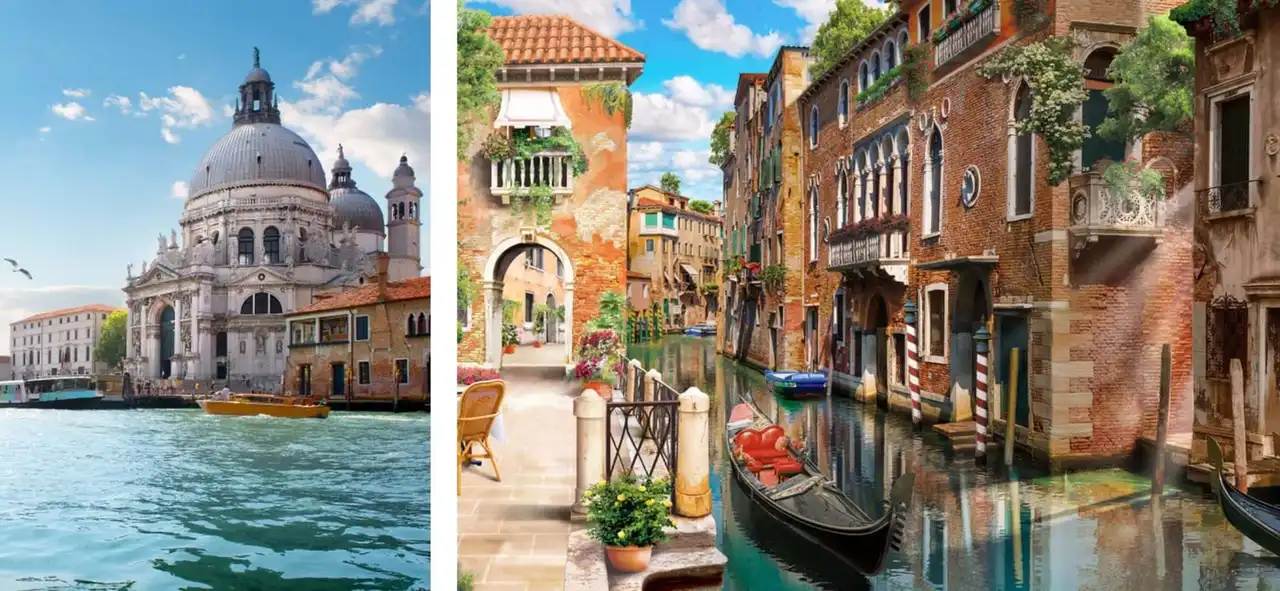
To the left, Basilica di San Marco – To the right, street of Venice – Photo credit: Shutterstock – givaga & Vishnevetskiy
But not that of Léonard, who first made the choice to dare between Florence, Milan and Rome in order to propose its military inventions, which are increasingly numerous. Mortars, catapults, ten-headed cannons, mobile bridges and even assault tanks see the day since the spirit of Vinci.
But finally, Leonard quickly returns to the source, and puts his suitcases in Florence. Probably carried by the gentleness of the city, there begins the writing of his "treaty on painting". Indeed, despite the scale of his talent and possibilities, the art of painting remains by far the one he prefers. His ambition is then to record all the knowledge and skills deemed necessary to achieve the perfect work. More than just technical advice, Leonardo da Vinci begins a reflection and experimentation on the beauty of the world.
Too creative, or too much to listen to the world around her, her mind disperses. He quickly understood that this treaty would never be held in a single work. So, he begins writing a treaty on anatomy, then on the optics. He then embarks on a treaty on shadow and light, on color, atmosphere, water, plants, but also on the movement of animals.
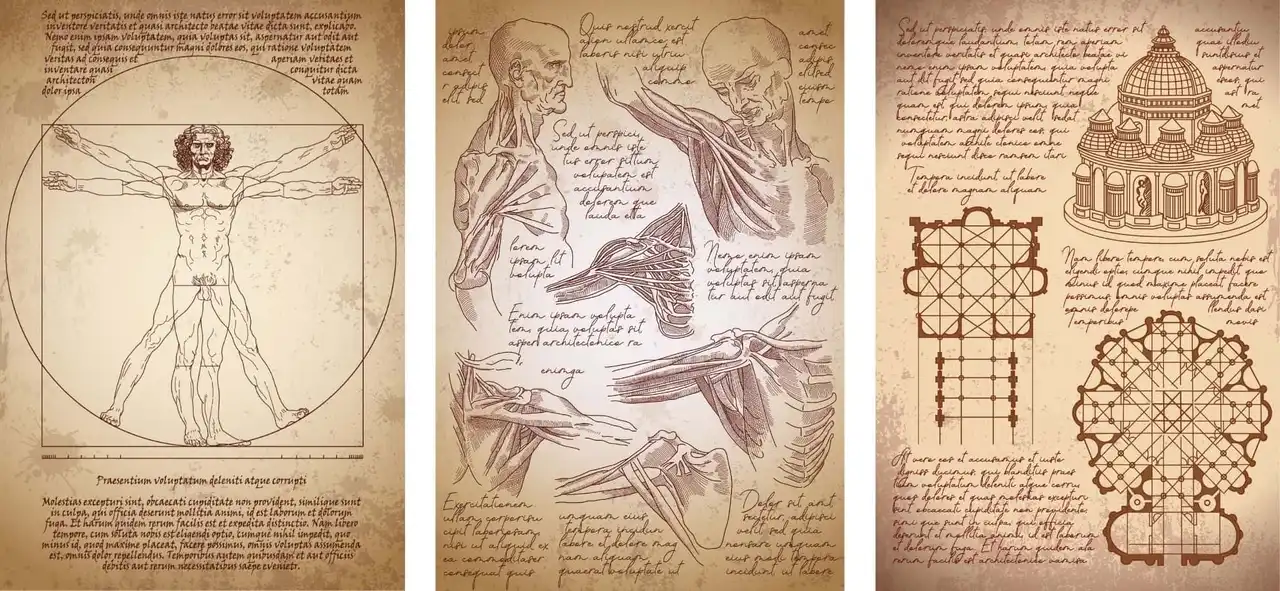
Various sketches by Leonardo da Vinci, including the Man of Vitruve, on the left – Photo credit: Shutterstock – Kwirry
This colossal project, Leonardo d’ Vinci will never come to an end. Today, it is estimated that more than half of his writings have disappeared. However, there are just over 6,000 leaflets that trace the experiences of his creative genius. On one of them, you can read the following quote:
“The earthly body is an ocean, which grows and descends every 6 hours, with the breathing of the universe. The flesh of the Earth is the ground, its bones are the rocks that form the mountains. The ocean fills the body of the earth with an infinity of aqueous veins. Man and the world offer a great analogy. »
Finally, after a visit to the heart of Italy, having earned him his most beautiful pictorial works ("La Joconde", "La Vierge, l’Enfant Jésus avec saint Anne et Saint Jean-Baptiste"), Léonard de Vinci settled in Rome. He joins a family that brought him so much, that of the Medici. But at the age of 61, the inventor of engineering was moved by young artists, named Raphaël and Michelangelo.
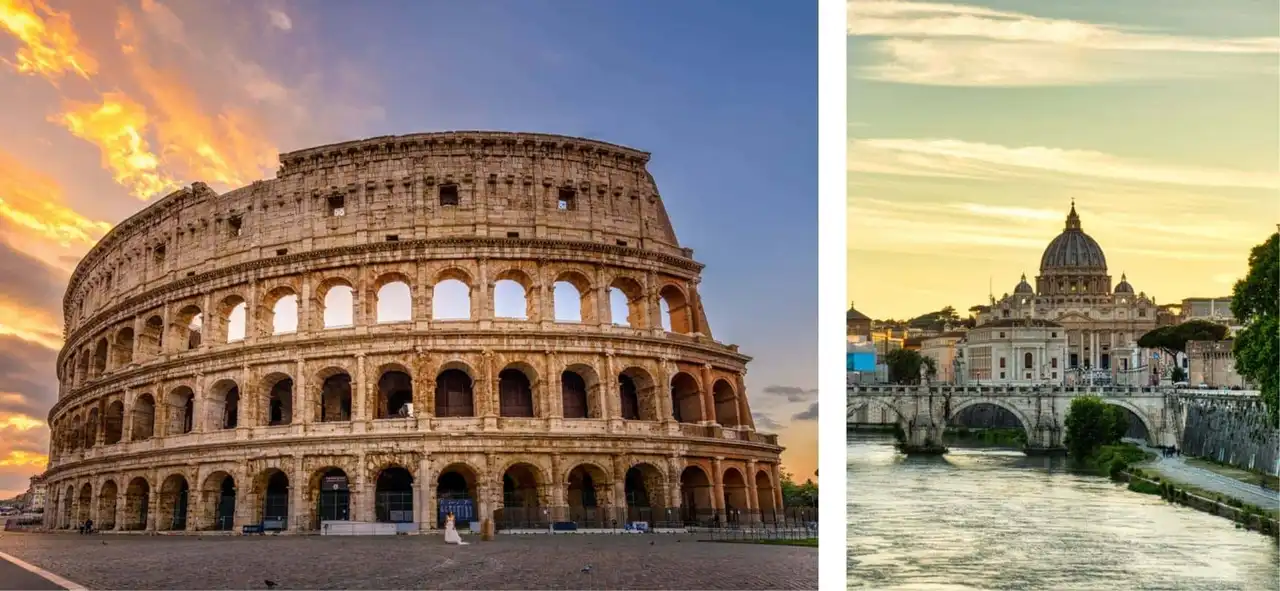
Colosseum and Cathedral of Saint Peter, Rome – Photo credit: Shutterstock – Catarina Belova & RomanSlavik.com
“The Medici have created me, the Medici have destroyed me,” he will eventually write in one of his books. A strong thought, which shows the disappointment of the Roman residence of Leonardo. He, whose furious spirit convinces himself that he never had a job at the height of his qualities. A brilliant mind, but leaving some difficulty to finish the work started. A spirit too creative, too much to listen to the world, perhaps too much ahead of its time.
In 1516, it was in France that Leonardo d’ Vinci came to finish his days. The new king of France, François I, invites him to stay on the territory by giving him the Château du Clos Lucé with these words "Here, Leonard, you will be free to dream, think and work"
The legend of the underground
François I, a new king of France, fascinates himself with Leonardo da Vinci, a 22-year-old his eldest. Some even lend themselves to saying that he considers him a mentor, almost as a father. According to legend, the castle of Clos Lucé and that of Amboise (the king’s) join with underground, allowing the young king to visit Leonardo as often as he wished, to take advice.
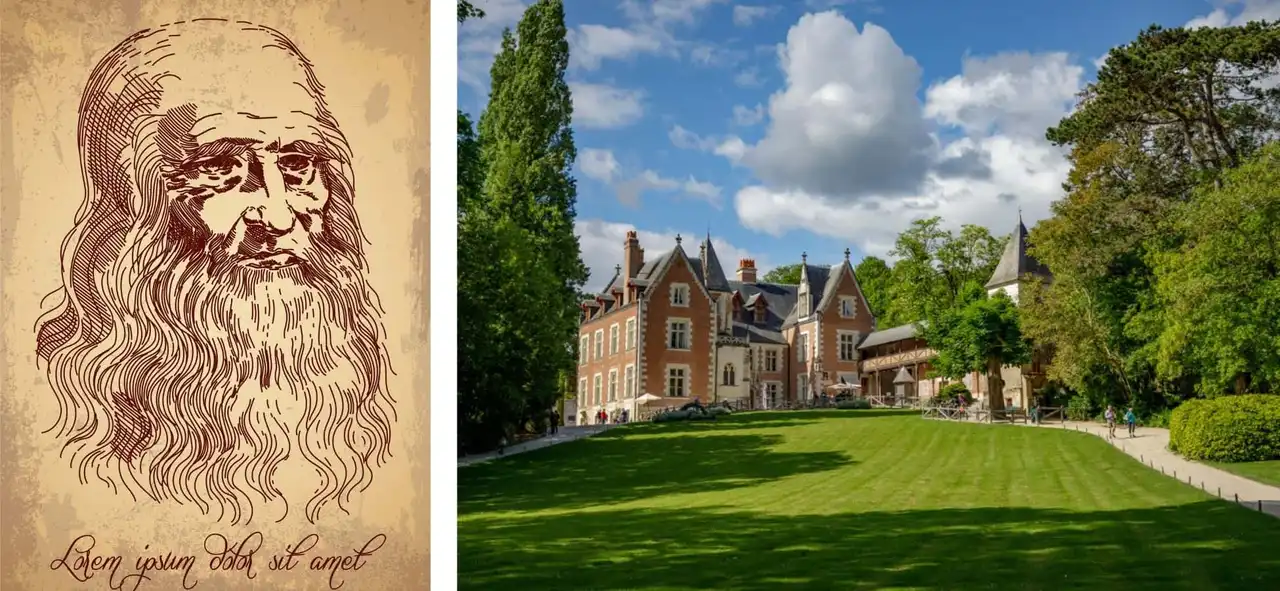
Last carportrait of Leonardo da Vinci > Château du Clos Lucé – Photo credit: Shutterstock – Kwirry & Antonello Aringhieri
On 2 May 1519, after having survived several cardiovascular accidents, Leonardo da Vinci was taken away by the disease.
A soul, a spirit, a personality as never had the world been known just turned out. But his works, his desires and his creations still persist today, and will never die.
"As a busy day gives us a good sleep, a well lived life leads us to a peaceful death. » – Leonardo da Vinci
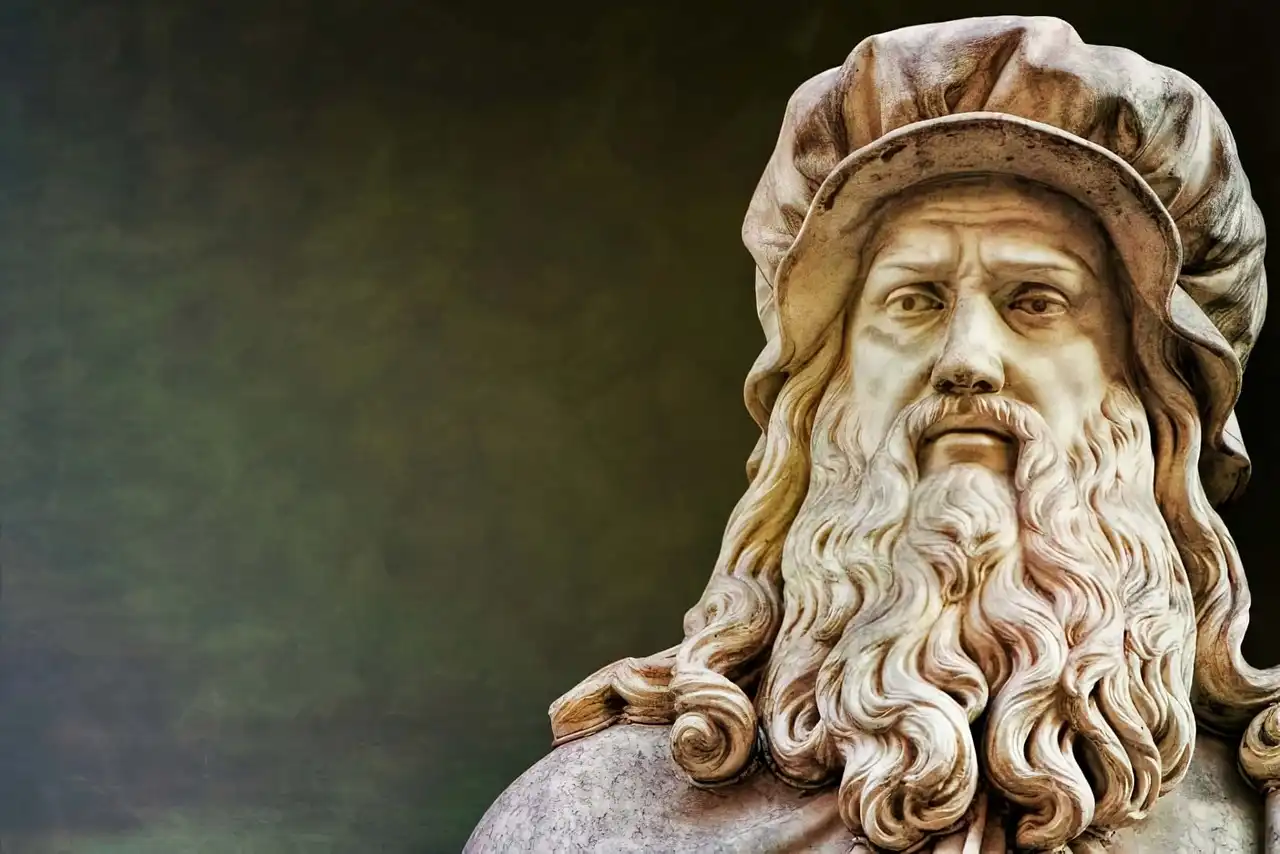




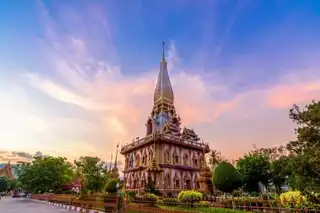
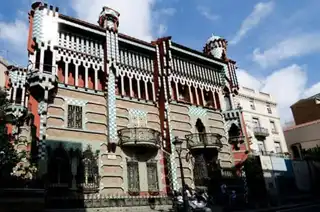
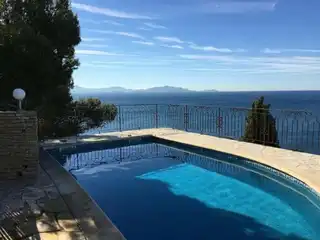
Loading comments ...